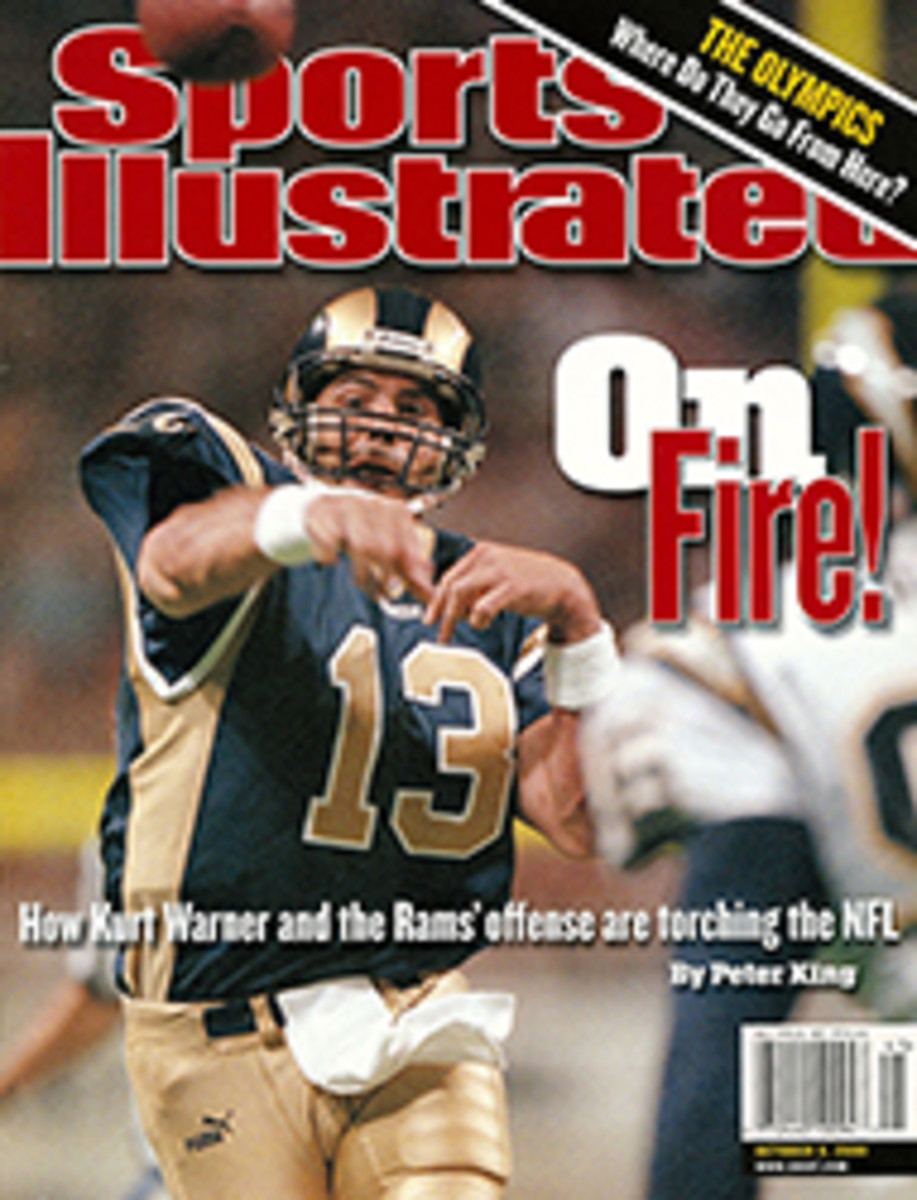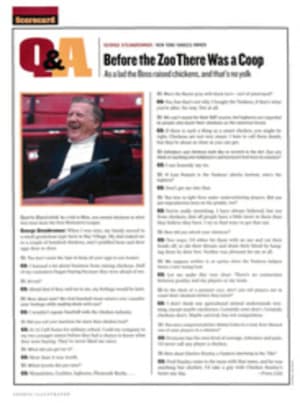
Books College sports takes a one-two punch from a pair of serious-minded authors
Beer and Circus
by Murray Sperber
Henry Holt & Company, $26
Sperber has been in the news lately as Bob Knight's faculty
antagonist at Indiana, but Knight foes will be disappointed to
discover that in this book the English and American Studies
professor devotes only a few pages to indicting the former
basketball coach. Sperber has much larger targets in mind, and
he believes coaches such as Knight are merely symptomatic of an
educational system gone haywire.
Sperber's title is a paraphrase of the Roman poet Juvenal's
observation that corrupt emperors distracted their subjects from
injustices by providing "bread and circus." Beer, of course, is
much bigger than bread on today's college campuses. But the
country's large public universities, the "Big-Time U's," in
Sperber's view, are, in the Roman tradition, entertaining
undergraduates with football and basketball spectacles while
shortchanging them on education.
In the competition to enroll students and collect their
ever-more-expensive tuition, school brochures tend to deemphasize
academics in favor of the virtues of the collegiate "life style
experience." Prospective students correctly interpret the phrase
as meaning sports and parties.
If things continue on the same path, he predicts, it won't be
long before schools in the big conferences start paying their
players salaries, obliging already beleaguered athletic directors
to deal with agents. If nothing else, that could bring an end to
the madness.
Dancing at Halftime
by Carol Spindel
New York University Press, $21.95
In the mid-1970s civil rights activists convinced a few colleges
that nicknaming their sports teams "Indians" or other names
associated with Native American tribes was racist and demeaning.
Some schools, notably Stanford and Dartmouth, changed to other,
presumably less offensive names. The controversy reached
Illinois, but the school held fast. The Illini, it was argued,
celebrates a tribe of brave warriors, and the college mascot,
Chief Illiniwek, represents its noble leader. Nothing demeaning
there, it was said.
Spindel, who teaches creative nonfiction writing at Illinois,
dispassionately explores this contention, mixing irony and
history in equal proportion. Ultimately, she concludes that the
story of Chief Illiniwek is based on myth, on a "fondness for a
romanticized illusory past that never was, not for contemporary
Native American people or culture." Yes, the use of the nickname
and the chief are insulting. This is an unusual and unfailingly
interesting examination of a clash of cultures.
COLOR PHOTO: HENRY HOLT & COMPANYCOLOR PHOTO: NEW YORK UNIVERSITY PRESS

